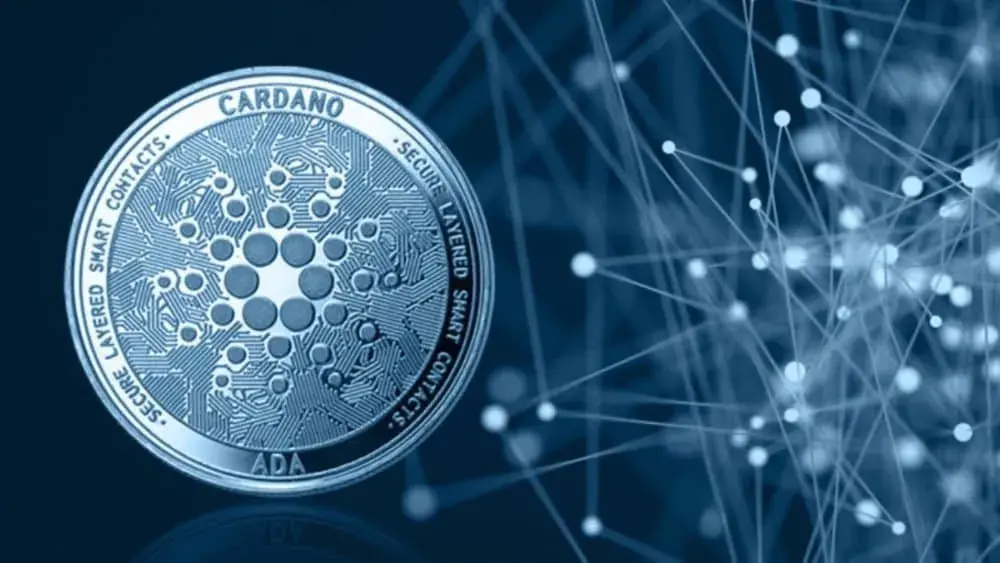Cardano Vasil Upgrade: What is behind it? The most important information!

Cardano is getting closer and closer to the Vasil upgrade. According to the developers, this is the most significant improvement to the ADA blockchain to date , but what exactly is behind it?
What is the Cardano Vasil hard fork?
The Vasil Upgrade , also known as a hard fork , is a major upgrade to the Cardano blockchain. The significant upgrade is named Vasil in honor of the late Bulgarian Cardano supporter Vasil Dabov .
The term hard fork is used because Vasil is such a comprehensive improvement that there is no backward compatibility – the improved blockchain is therefore split off from the previous mainnet .
The aim of the upgrade is the integration of four suggestions for improvement. In detail, these are the following Cardano Improvement Proposals (CIP): CIP-31, CIP-32, CIP-33 and CIP-40.
In short, Vasil’s goal is to improve the throughput of the Cardano network and expand the capabilities of Plutus. Plutus is the name of the programming layer of the network and allows the use of smart contracts .
What improvements does the Vasil Upgrade bring exactly?
Input Output Cardano developers assert that Vasil is the most important upgrade Cardano will see so far, but why is it so important and what exactly is improving?
CIP -31 integrates reference inputs that will allow future transaction outputs to contain public dates. These can then be used by different dApps at the same time. This should reduce the number of transactions required in the DeFi sector and relieve the network.
Thanks to CIP-32 , so-called inline date information is installed. In this way, dates can be stored as plain text in the blockchain. So far, you could only store this as a hash. Scripts can therefore read out times better.
CIP-33 allows reference scripts . Previously, a script had to be included in every single transaction. The improvement allows a reference to be specified instead, which then leads to a script, which in turn is processed by the blockchain.
These measures are intended to speed up the validation of blocks and increase the speed of dApps. The size of scripts is reduced by 20 percent, their processing time is even reduced by 40 percent, while blocks are evaluated a full 80 percent faster.
Added to this is CIP-40 , which introduces Collateral Outputs . If a transaction takes place using Plutus, it must contain collateral. This is an additional amount of ADA. This measure protects the network from DOS attacks.
If validation does not take place because an error occurs and the transaction is rejected, the user loses the deposited cover. That should change with the improvement. Accordingly, a user should no longer lose an ADA due to an invalid transaction.
What is diffusion pipelining?
In addition to the CIPs, the Vasil Upgrade also includes another improvement: Diffusion Pipelining . This reduces the block propagation time to a maximum of five seconds .
The improvement results in the block header being propagated in the network before a full acknowledgment. The following block contains all metadata about the corresponding transaction – this is to avoid DOS attacks.
At the same time, the block size of Cardano is increased again. Pipelining thus leads to the possibility of further improving the throughput of Cardano and the capabilities of Plutus in the future.
When will the Vasil upgrade take place?
After several months of postponements, the responsible developers announced a final start date at the beginning of September. The Cardano Vasil hard fork will take place on September 22, 2022 .
Cardano founder Charles Hoskinson also mentions in a video that some of the features will be activated as early as September 22nd, while other features will only be activated on September 27th.



